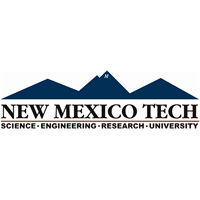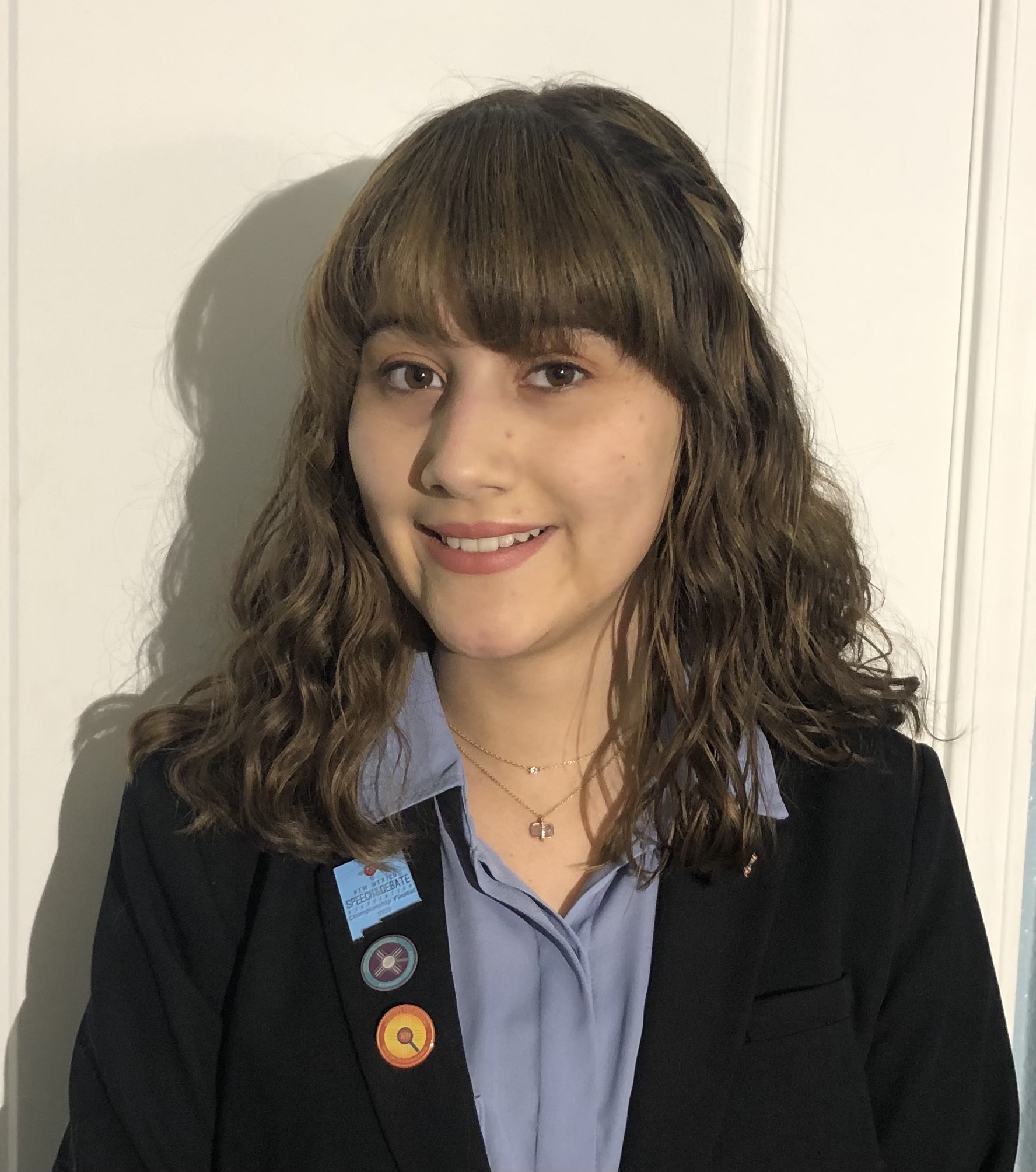Below is a summary of the abstract you submitted. Presenting author(s) is shown in bold.
If any changes need to be made, you can modify the abstract or change the authors.
You can also download a .docx version of this abstract.
If there are any problems, please email Dan at dar78@pitt.edu and he'll take care of them!
This abstract was last modified on March 11, 2022 at 5:33 p.m..

New Mexico Institute of Mining and Technology (NMT) joined the SEA-PHAGES Phage Discovery in Cohort 13.5, with the first class held in the Fall semester of 2021 and continued on to the second semester of Bioinformatics. Seven undergraduates and one graduate student participated in this inaugural offering. From soil samples obtained from various locations around the NMT campus and greater Socorro, NM, eight unique phages infecting the host Gordonia rubripertincta NRRL B-16540 were isolated, most through direct isolation with no enrichment. DNA restriction analysis verified the independence of phages isolated from the same environmental sample. Electron microscopy also revealed a range of phage morphologies: seven phages were identified as Siphoviridae; six were isometric, but one (GordonGobbler) has a prolate head, and another one (Duff) is a member of the Myoviridae group. Two of the Siphoviridae were chosen for sequencing. LilyPad has a circularly permuted genome and belongs to the DG1 subcluster. It exhibits just 82.8% gene content similarity to the most closely related phage (the Madi phage, isolated from Pittsburgh, PA) in the PhagesDB database. PokyPuppy has a genome with direct terminal repeats, and belongs to the CS2 subcluster of lytic phages. The most closely related phage, the RoyalG phage (isolated from Duluth, MN), exhibits only 86.7% gene content similarity to PokyPuppy. Both sequenced phages were the most divergent members of their subclusters, with many novel genes annotated in both genomes, making them valuable phylogenetic landmarks for characterizing phage diversity. NMT represents the first University in New Mexico to take part in the SEA-PHAGES program, demonstrating the potential for investigating the unique, dryland phage ecology and evolution in the American Southwest. Based on this successful offering, NMT plans to expand the program to double the enrollment for Fall 2022.

